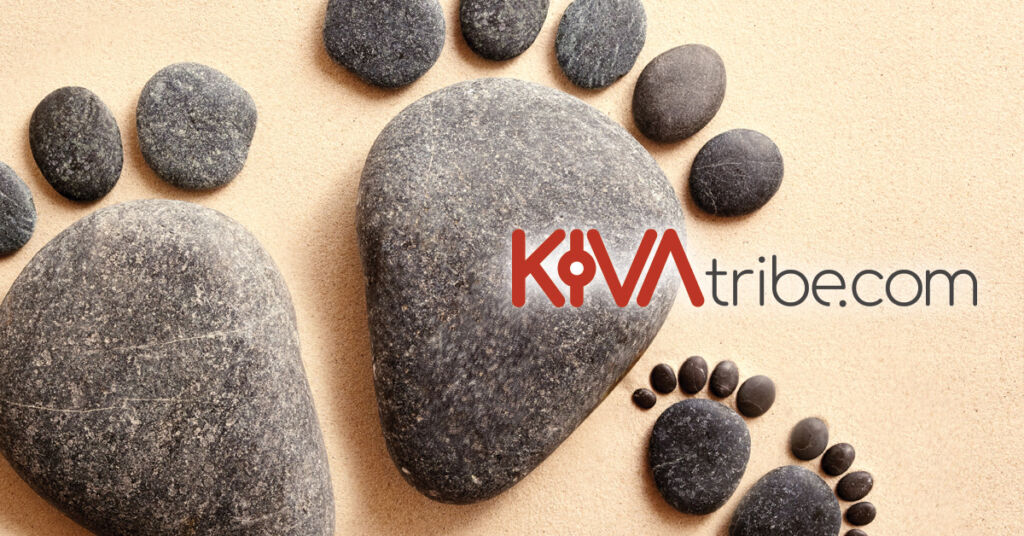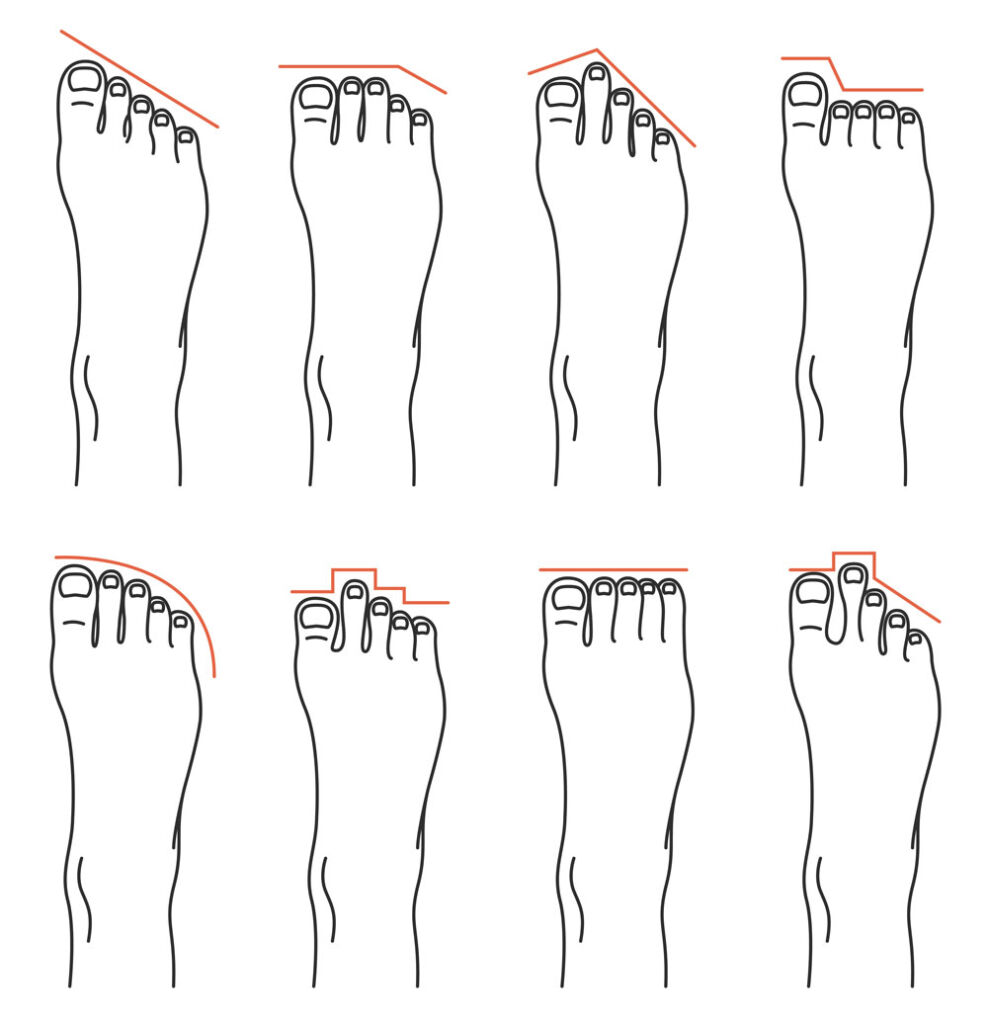
What Shape is My Foot?
Feet come in all shapes and sizes, but we can break them up into roughly four basic shapes:
Slope (Egyptian) – toes decrease in length from the big toe to the little toe
Mountain (Greek) – second toe longer than the rest
Plateau (Roman) – first three toes are of more or less equal length, the other two usually shorter
Square (German) – large big toe, other four are roughly the same size
(These names are not associated with heritage!)
Everyone except those with Egyptian feet need to be careful of shoes with a sloped toe box to ensure they have enough space for all their toes. For more information on toe box width see our post here.

Width
This is the measurement across the widest part of your foot (see our post here to find out how to measure your feet).
However, when we talk about wide feet, we’re actually referring to the relationship between the length and the width of your foot.
So if your foot was 27cm long and 10cm wide, it would be a narrow foot. But if your foot was 23cm long and 10cm wide, it would be a wide foot.
If you have narrow feet, you may have noticed that there’s always room to the sides of your feet inside shoes, but if you have wide feet, you may feel your feet spilling out to the sides of the shoe. This is particularly noticeable with open shoes and sandals.
Note whether your foot is the same width all the way along or whether your foot has a narrow heel and wide toe box (more info here).
Volume
This means how much space your foot takes up. So just as the volume of water is how much space it occupies inside a container, the volume of your foot is how much space it occupies inside your shoe.
So if you have low volume feet you’ll notice that you often have to tighten laces as far as they’ll go, or that slip ons feel loose, or that there aren’t enough holes in straps.
If you have high volume feet you’ll find that even when you loosen up laces, the material of the shoe is still tight across your foot, perhaps the shoe upper presses down uncomfortably on your toes, or straps are too short.
Bean Shaped Feet
Some feet are ‘straight’ and some feet are ‘bean’ shaped, where the big toe curves slightly out away from the other toes. Take a look at your own feet to see if they are straight or bean shaped.
How to Find the Right Shape Shoes
- Identify your foot shape
- Investigate shoe brands to figure out which have the right shape toe box and volume allowance for your feet
- Read reviews and information about brands/models online
- Check product pictures and look for a top down photo to ensure the model you’re interested in has the right shape
- Compare the length and width of your feet to the size chart
Find out more about how to find the right shoes with our Barefoot Shoe Shopping Guide.



Get Social…